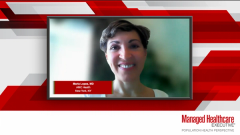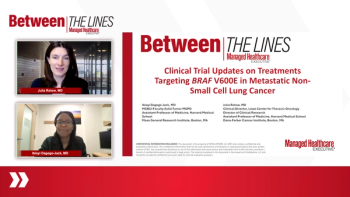
Managing UF Treatment
Dr Lopes discusses the typical payer challenges with managing UF treatment, including pain management.
Episodes in this series

Maria Lopes, MD: Of the payer challenges around treatment for this population, 1 of the biggest is addressing fibroids. The treatment of fibroids is almost as individual as the patient themselves. Starting with patient age, are they done with childbearing? Is there a cervical or variant pathology? How do you choose the therapeutic approach? Is it a small or large fibroid, and how many fibroids are there? Where is the location? The payer challenges are that we have all these options. Some of them are surgical, and others are nonsurgical. Typically, the payer is looking at guidelines and the standard-of-care approach. Not everything will require a prior authorization.
Usually, for a procedure or for an expensive therapeutic option, like a GNRH or GNRH antagonist, there will be a prior authorization to ensure appropriate use. Part of the payer challenge is considering the unmet need, efficacy, safety with treatment, and guidelines. The challenge is: how you consider individual patient choice and shared decision-making beyond the approach of NSAIDs [nonsteroidal anti-inflammatory drugs], acknowledging that we’re in an opioid epidemic.
Related to pain and bleeding, but particularly pain, 1 of the biggest challenges is if having enough therapeutic options to manage symptoms. Are there alternatives to opioids? Because that’s the last thing you want to place a patient on. It’s about choice, the ground between clinician and patient, and the best fit for that individual.
As a payer, we have enough choices that are evidence based and clinically effective, safe, and durable. It isn’t just a short-term problem; it’s a long-term issue. Some treatment options consider efficacy, safety, and the limitations that they may have over the long haul. For example, GNRH analogs typically are for a short period of time, unless you add estrogen, because there’s an impact on bone mineral density. These challenges present themselves clinically and on the payer side in terms of enough options. If you have limitations on how long you can be on an effective treatment, that calls for an unmet need for more therapeutic options.
This transcript has been edited for clarity.
Newsletter
Get the latest industry news, event updates, and more from Managed healthcare Executive.






















































